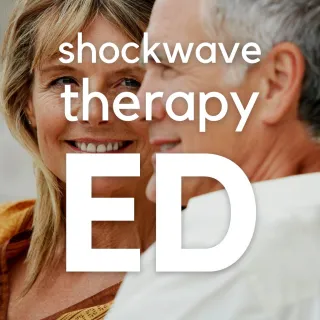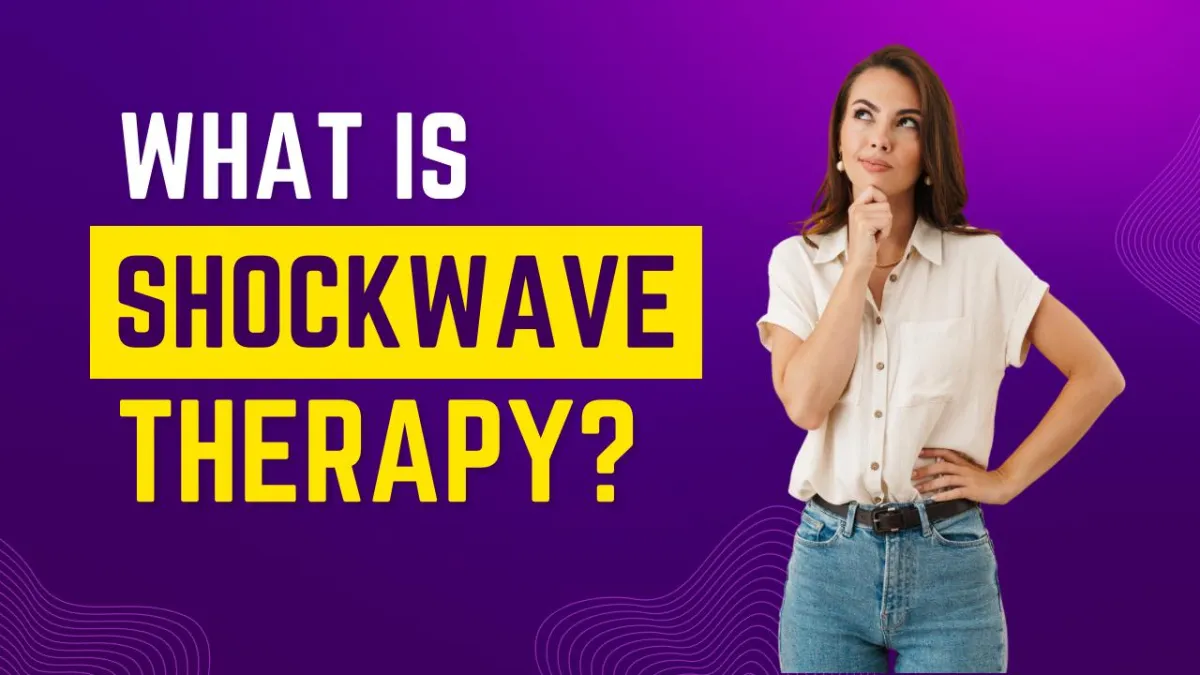Did you know...
Shockwave Therapy or SWT is a non-surgical treatment option to assist with tissue regeneration and healing. Shockwave Therapy is FDA approved as a treatment for chronic tendonitis problems like, Tennis Elbow, Golfer’s Elbow and Plantar Fasciitis and chronic pain.
Questions about Shockwave Therapy? Ask j.i.m., our Shockwave Therapy Co-Pilot!
Ask j.i.m. all your questions and connect to content on all things Shockwave... and more!
FREQUENTLY ASKED QUESTIONS
What is Shockwave Therapy?
Shockwave Therapy is a medical treatment that uses high-energy sound waves to help heal musculoskeletal conditions. It's a non-invasive method, meaning it doesn't require surgery or incisions, making it an attractive option for patients seeking alternative treatments. The therapy aims to stimulate the body's natural healing processes by increasing blood flow, growing new blood vessels, and promoting cell regeneration in the affected areas. It has been shown to accelerate bone healing in stress fractures, restore penile blood flow in Erectile Dysfunction, improve the appearance cellulite, treat inflammation and tendonitis pain, and restore nerve conduction through healing the nerve sheath.
It is approved by the FDA for many inflammatory conditions and is NOT painful when performed correctly.
How does Shockwave Therapy work?
Shockwave Therapy works by delivering targeted shockwaves or pressure waves to injured or painful areas of the body, which have been shown to stimulate healing. These shockwaves are mechanical and not electric; they cause mechanotransduction in the cells and extracellular matrix (space between our cells), which promotes the body's natural healing mechanisms, including neovascularization (the formation of new blood vessels) and the release of growth factors and other positive biproducts. This process helps to speed up the repair and regeneration of damaged tissue. It is important to note that the mechanical stresses that shockwaves have on our tissues can be either helpful or harmful. At high intensities shockwaves can breakdown our tissues. At lower intensities we see healing, and a triggering of the healing part of our immune system. Shockwave Therapy was first developed in Germany to break up kidney stones. This treatment was called Lithotripsy, so named after the first device.
This is why Shockwave Therapy should not be painful. While an ache is acceptable and helps us target your injured tissue, too much pain and Shockwave Therapy treatment may be injuring your tissue instead of healing.
What conditions can be treated with Shockwave Therapy?
Shockwave therapy is used to treat a wide range of musculoskeletal conditions, particularly those involving connective tissues like tendons and ligaments. Commonly treated conditions include plantar fasciitis, Achilles tendinitis, tennis elbow (lateral epicondylitis), jumper's knee (patellar tendinitis), and shoulder tendinitis. It's also effective for certain types of chronic pain and soft tissue injuries. It is indicated as a treatment for cellulite and there is growing evidence to support SWT in Erectile Dysfunction.
If you have a pain or an ‘itis’ Shockwave Therapy should be considered, combined with an evaluation from someone trained in orthopedic, hands-on, assessment and treatment.
Is shockwave therapy painful?
While Shockwave Therapy can cause discomfort during the procedure, most patients find the treatment tolerable. Shockwave Therapy should NOT be painful. The aching with SWT can vary depending on the individual's pain threshold and the intensity of the shockwaves. However, the discomfort is usually short-lived, lasting only a few minutes, and many report a reduction in their overall pain levels following the treatment sessions. Let your practitioner know if treatment is hurting so that they can adjust the SWT treatment and get the best results.
How many Shockwave Therapy sessions are typically needed?
The number of shockwave therapy sessions required can vary based on the condition being treated and its severity. Generally, patients may need between 3 to 5 sessions, with each session spaced about a week apart. The treating healthcare provider will evaluate the patient's response to the therapy and adjust the treatment plan as necessary to achieve the best outcomes.
Is Shockwave Therapy covered by insurance?
To date there is not an insurance company that is covering Shockwave Therapy, even though Shockwave Therapy is FDA approved and has a billing or CPT code. With therapy costing $100 per session and an average of 3 to 5 treatments, the success rate of Shockwave Therapy for difficult to treat problems has a faster recovery time and less overall therapy, saving you money. You can use your Health Savings Account for Shockwave Therapy.
What are the benefits of Shockwave Therapy?
Shockwave Therapy offers several benefits, including pain reduction, improved function, and accelerated healing of the treated area. It is a non-invasive alternative to surgery, reducing the risks associated with surgical procedures. SWT performs much better than steroids without the negative effects and consequences. Additionally, Shockwave Therapy can be effective for patients who have not responded to other treatments, offering a potential solution for chronic conditions. The worse your problem, the better Shockwave Therapy seems to perform!
Are there any side effects of Shockwave Therapy?
The side effects of Shockwave Therapy are generally mild and temporary. Some patients may experience bruising, swelling, pain, or numbness at the treatment site, but this is very rare! Side effects typically resolve on their own within a few days. The non-invasive nature of the treatment minimizes the risk of serious complications, making it a safe option for most patients.
How long does a Shockwave Therapy session last?
A typical shockwave therapy session lasts between 5 to 15 minutes, depending on the area being treated and the specific condition. Cornerstone Physical Therapy Shockwave Therapy treatments are 20 to 30 minutes. This allows us to treat multiple areas, increasing the success of reaching your goals. A knee problem is typically associated with a pelvic and back problem. Tennis elbow commonly has some shoulder limited motion and inflammation. Treating multiple areas helps us address the painful areas as well as the cause or reason why you are in pain.
The procedure is relatively quick, allowing patients to return to their daily activities soon after treatment, with no downtime required.
Can Shockwave Therapy be used for back pain?
Shockwave Therapy can be effective for treating certain types of back pain, especially those related to soft tissue conditions like muscle strains or ligament injuries. It's particularly beneficial for chronic pain that hasn't responded well to other treatments. However, it's important for patients to have a thorough evaluation to determine if shockwave therapy is appropriate for their specific type of back pain.
An important study compared 3 different treatments for back pain: steroid injections of the back using x-rays, burning the nerves of the back, or radiofrequency lesioning, and a Shockwave Therapy group. The SWT group did significantly better than steroids, and did as well as the radiofrequency group, a treatment that removes your ability to feel pain by ‘killing’ the nerves to your back joints. SWT in this instance was safer, cheaper, and very effective. Why wouldn’t you choose Shockwave Therapy first?
Is Shockwave Therapy effective for treating plantar fasciitis?
Shockwave therapy is considered one of the most effective treatments for plantar fasciitis, a common cause of heel pain. Studies have shown that it can significantly reduce pain and improve function in patients with plantar fasciitis, especially those who have not found relief from other conservative treatments. The therapy helps to stimulate healing of the plantar fascia, offering long-term relief for many sufferers. Significant improvement in pain is typically seen by the 3rd treatment session.
How soon can I expect to see results from Shockwave Therapy?
Results from Shockwave Therapy can vary, but many patients report experiencing some level of pain relief and improved function within a few days to a couple of weeks after starting treatment. It is common to have an immediate reduction in pain immediately following the first session. However, the full benefits of the therapy, particularly in terms of tissue healing and regeneration, may take several weeks to become fully apparent. The outcome depends on the nature of the condition being treated, the damage and how long it has been present, and individual healing responses.
What's the difference between Radial and Focused Shockwave Therapy?
Radial Shockwave Therapy or Radial Pressure Wave Therapy distributes pressure waves over a broader area and is typically used for superficial conditions. It produces pressure waves that spread out from the applicator.
Focused Shockwave Therapy, on the other hand, directs shockwaves to a specific, targeted area, reaching deeper tissues. This makes it suitable for conditions located deeper within the body. The choice between Radial and Focused Shockwave Therapy depends on the condition being treated and its depth beneath the skin. Radial Pressure Wave Therapy devices are considered low intensity SWT, while Focused Shockwave Therapy devices are high-intensity SWT.
The most common treatment for most orthopedic conditions is a Radial Pressure Wave Device.
Can Shockwave Therapy help with tendonitis?
Yes, shockwave therapy is particularly effective for treating various forms of tendonitis, such as Achilles tendonitis, tennis elbow, and shoulder tendonitis. It helps reduce pain and inflammation while promoting the healing of the tendon by increasing blood flow and stimulating the body's natural repair processes. Many patients with tendonitis find significant relief from their symptoms following Shockwave Therapy.
Can I undergo Shockwave Therapy if I have metal implants?
While having metal implants does not automatically disqualify someone from receiving Shockwave Therapy, it may depend on the location of the implant relative to the treatment area. Careful consideration and consultation with a healthcare provider are necessary to avoid potential complications, such as displacement of the implant or damage to surrounding tissues.
Can Shockwave Therapy be used for osteoarthritis?
Shockwave Therapy has shown promise in managing symptoms of osteoarthritis, such as pain and mobility issues, by reducing inflammation and promoting the regeneration of damaged cartilage. While it is not a cure for osteoarthritis, it can be an effective component of a comprehensive treatment plan aimed at improving joint function and quality of life. Many of Cornerstone’s clients have avoided joint replacement surgery following Shockwave Therapy treatment.
Can Shockwave Therapy replace surgery?
In some cases, Shockwave Therapy can serve as an alternative to surgery, particularly for conditions like plantar fasciitis, tendonitis, and certain types of chronic pain. It can reduce pain and improve function to the point where surgery is no longer considered necessary. However, it's not suitable for all conditions, and the decision between shockwave therapy and surgery should be made in consultation with a healthcare provider.
What is the success rate of Shockwave Therapy?
The success rate of shockwave therapy varies depending on the condition being treated but is generally high for musculoskeletal disorders. Studies have shown success rates ranging from 70% to >90% for conditions like plantar fasciitis, tendonitis, and other soft tissue injuries, with many patients experiencing significant pain relief and improved function. There are two main factors that will affect the success of your SWT treatment. If there is an underlying problem that needs to be addressed through restoring joint and tissue motion, and if you are doing something that is causing a re-injury of your problem. Having the support of a trained practitioner to help improve joint and tissue mobility through hands-on manipulation and treatment, and provide good coaching to adjust your activities, will improve your chance of success of Shockwave Therapy.
Can shockwave therapy help with Erectile Dysfunction?
Shockwave Therapy has been explored as a treatment for erectile dysfunction (ED), with studies suggesting it can improve penile blood flow and enhance erectile function. It's considered a promising non-invasive treatment for ED, especially for those who have not responded to conventional treatments. Treatments range from 6 to 12 sessions with the biggest improvement noticed at about 4 weeks. Check out this link to learn more!

Is there any downtime after Shockwave Therapy?
Nope. Shockwave Therapy typically requires no downtime, allowing patients to return to their daily activities immediately after treatment. However, it is advised to avoid strenuous activities for a few days to allow the treated area to heal. The lack of downtime is one of the benefits of this non-invasive therapy, making it a convenient option for many people. The only recommendations following your first few sessions of SWT is to stop an activity if it is painful.
Can Shockwave Therapy be used in conjunction with other treatments?
Yes, Shockwave Therapy can be used as part of a comprehensive treatment plan that includes other modalities like physical therapy, dry needling, exercise, and medication. Combining treatments can often enhance overall outcomes, as Shockwave Therapy complements other approaches by accelerating healing and reducing pain.
What type of machine is used for Shockwave Therapy?
There are two main devices for Shockwave Therapy, although there are many names being used to describe Shockwave Therapy. Some of the names are Softwave Therapy, Stemwave Therapy, EPAT (Extracorporeal Pulse Activation Treatment), MyACT (Myofascial Acoustic Compression Therapy), Sound Wave Therapy, Acoustic Wave Therapy, ESWT (Extracorporeal Shockwave Therapy), R-PWT (Radial Pressure Wave Therapy) to name a few. These names are an attempt at branding. These machines are either a Focused Shockwave Therapy device or a Radial Shockwave Therapy device. The device is not as important as how Shockwave Therapy is being done. The experience of the clinic or practitioner, the addition of good hands-on assessment and treatments, including dry needling, how the device is being used (treatments are NOT painful), are more important in achieving success than the device or the marketing.
Don’t be fooled by good marketing. Word of mouth is still the best.
How can I find a qualified provider of Shockwave Therapy?
To find a qualified provider of shockwave therapy, it's recommended to search for medical professionals or clinics specializing in physical therapy, sports medicine, or orthopedics. Checking credentials, reading reviews, and asking for referrals from healthcare providers can help ensure that you choose a provider with experience and expertise in Shockwave Therapy. Check this link out to see the growing list of trained providers that are offering Shockwave Therapy!
The Shockwave Therapy Academy develops, trains and tests providers in the teaching and advancement of Shockwave Therapy. Providers that belong to the Academy go through continued training and testing to maintain their membership. A Shockwave Therapy Practitioner has to apply and be accepted into this program.
Watch A Treatment
CONDITIONS TREATED BY SWT
Because Shockwave Therapy stimulates healing of tissue there are many conditions that it has been shown to be successful. Research studies show improvements from 70% to over 90% in pain and function depending on the condition treated.
Pelvic Health Issues, pain with sex and pelvic floor injuries and problems
Headaches including neck pain
TMJ problems including jaw pain
Shoulder pain, Tendonitis, Rotator Cuff injury
Tennis and Golfer's Elbow
Hand, Finger and Wrist pain and arthritis
Sacroliac Joint and Hip Joint pain
Low Back Pain
Knee Pain, Patellar Tendonitis (Jumper's Knee)
Plantar Fasciitis and Achilles Tendonitis
Other conditions like stress fractures and cellulite
It's Time For Less Pain!
Get started with an evaluation!
The Cornerstone Physical Therapy Doctors start with an evaluation to get a baseline of your pain and function to plan a successful Shockwave Therapy treatment series that is personalized to you.
The cost of the evaluation is $100. Click the link, fill out a short form, and our team will reach out to you!






